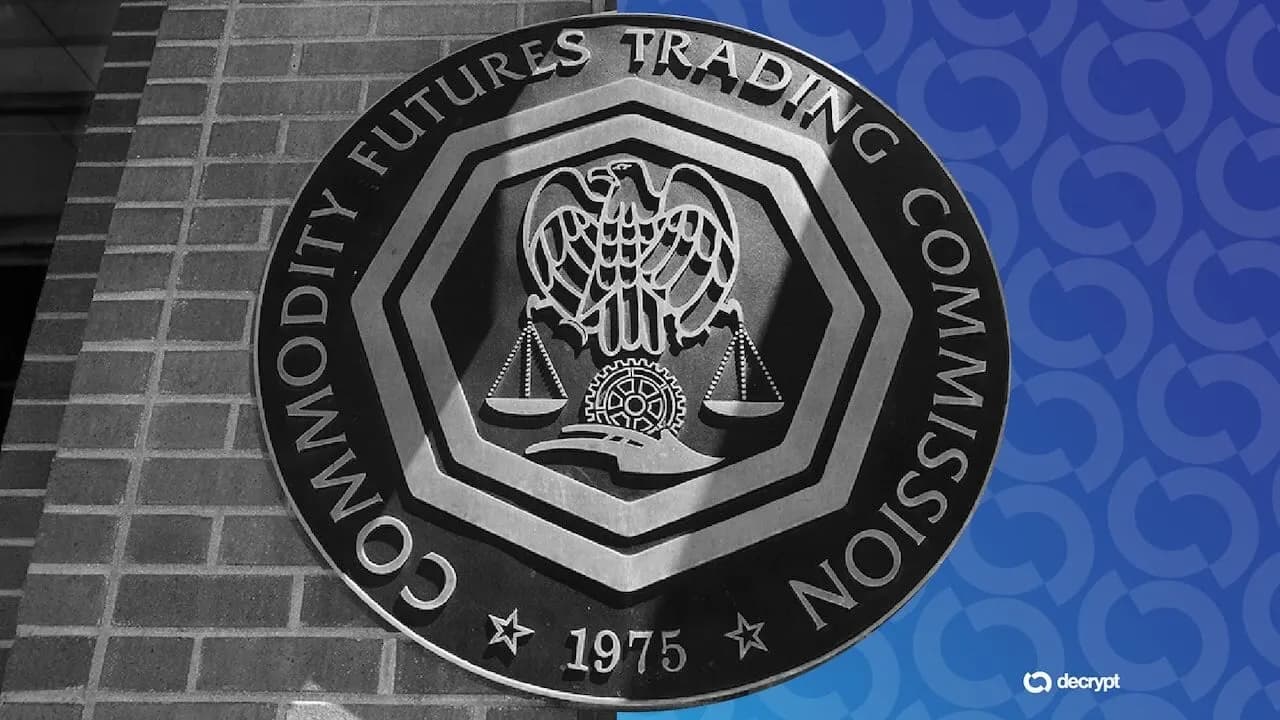CFTC Opens Next Phase of Crypto Sprint, Seeks Public Input on Broader Rules

News Summary
The U.S. Commodity Futures Trading Commission (CFTC) has initiated the third phase of its "crypto sprint," designed to implement recommendations from the President's Working Group on Digital Asset Markets. This sprint expands beyond spot crypto trading to address custody, leveraged retail trading, and consumer protections, seeking public input on broader rules with an October 20 deadline. Acting CFTC Chair Caroline Pham stated that the administration has made enabling immediate federal-level digital asset trading a top priority. Analysts suggest the U.S. is shifting from enforcement to enablement, aiming to establish a unified, federal-level spot market for crypto assets to address market fragmentation and position itself to set global standards in digital asset markets. Future sprints are expected to tackle unresolved issues around DeFi oversight, banking access, tax clarity, and inter-agency coordination.
Background
In 2025, the Donald J. Trump administration has prioritized enabling federal-level trading of digital assets. Against this backdrop, the U.S. Commodity Futures Trading Commission (CFTC) has launched the third phase of its "crypto sprint." This initiative aims to implement recommendations from the President's Working Group on Digital Asset Markets to strengthen American leadership in technologies like crypto and digital assets. Previously, the first phase of the sprint (August 1) laid the framework, and the second phase (August 4) launched the spot trading initiative. Currently, the U.S. digital asset market faces state-by-state regulatory fragmentation and has long operated in a grey area. The CFTC's actions are viewed as an attempt to establish a unified, federal-level spot market for crypto assets, thereby providing "federal legitimacy" and "foundational reform" to the space.
In-Depth AI Insights
What are the underlying strategic motives for the Trump administration pushing this aggressive federal crypto regulatory framework? Beyond stated goals, what national interests are at play? - The U.S. aims to solidify its leadership in the global digital asset space, especially in the context of the "digital dollar" concept, ensuring a competitive edge in future financial systems. - Unified federal regulation helps eliminate inefficiencies and legal uncertainties caused by state-by-state fragmentation, thereby attracting more institutional capital and innovative talent. - By establishing clear federal rules, the U.S. can better oversee and control the digital asset market, mitigating risks like money laundering and terrorist financing, while exporting its regulatory standards globally to influence international norms. How might this accelerated regulatory sprint impact the competitive landscape for traditional financial institutions versus native crypto firms, and what are the second-order effects for investor risk appetite? - A clear federal framework will provide traditional financial institutions with a clearer path and lower compliance risk to enter the crypto market, potentially accelerating their deployment in custody, trading, and derivatives, thus increasing competition. - For native crypto firms, while they may face higher compliance costs in the short term, federal legitimacy will enhance their credibility in the long run, helping attract a broader range of institutional investors and potentially fostering industry consolidation, benefiting larger, more established companies that can adapt to new regulations. - Increased regulatory certainty may reduce the perceived systemic risk of the market overall, attracting institutional investors who were previously on the sidelines, boosting risk appetite for digital assets. However, it will also lead to a more mature and regulated market, filtering out high-risk speculative behaviors. What are the potential geopolitical implications of the U.S. "setting global standards" in digital asset markets, and how might other major economies respond? - This move by the U.S. aims to establish its influence in global digital assets through its regulatory framework, not just technological innovation. This could be seen as a strategic challenge to other nations (especially China and the EU) in their digital currency and Web3 developments. - Other major economies may feel compelled to accelerate their own digital asset regulatory frameworks to avoid falling behind in the "race to modernize finance," or resist the unilateral imposition of U.S. standards, seeking to establish alternative or multilateral collaborative regulatory systems. - Such regulatory competition could lead to fragmentation in global digital asset markets regarding standards, interoperability, and cross-border flows, potentially forming distinct "digital economic zones," thereby increasing the complexity and uncertainty of the international financial system.